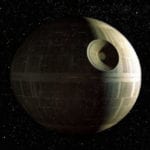 Weird Stuff
Weird Stuff  Weird Stuff
Weird Stuff  Animals
Animals 10 Inspiring Tales of Horses Being Human
 Mysteries
Mysteries Top 10 Haunting Facts About the Ghost Ship MV Alta
 History
History 10 Surprising Stories About the Texas Rangers
 Humans
Humans 10 Philosophers Who Were Driven Mad by Their Own Theories
 Miscellaneous
Miscellaneous 10 Video-Game-Worthy Weapons and Armors from History
 Weird Stuff
Weird Stuff 10 Psychics Who Accurately Predicted Wartime Events
 The Arts
The Arts 10 Pieces of Art Inspired by a Broken Heart
 Health
Health 10 Science Fiction-Sounding New Medical Treatments
 History
History 10 Surprising Facts About the Father of Submarine Warfare
 Weird Stuff
Weird Stuff 10 Times Real Laws Were Based on Bizarre Hypotheticals
 Animals
Animals 10 Inspiring Tales of Horses Being Human
 Mysteries
Mysteries Top 10 Haunting Facts About the Ghost Ship MV Alta
Who's Behind Listverse?

Jamie Frater
Head Editor
Jamie founded Listverse due to an insatiable desire to share fascinating, obscure, and bizarre facts. He has been a guest speaker on numerous national radio and television stations and is a five time published author.
More About Us History
History 10 Surprising Stories About the Texas Rangers
 Humans
Humans 10 Philosophers Who Were Driven Mad by Their Own Theories
 Miscellaneous
Miscellaneous 10 Video-Game-Worthy Weapons and Armors from History
 Weird Stuff
Weird Stuff 10 Psychics Who Accurately Predicted Wartime Events
 The Arts
The Arts 10 Pieces of Art Inspired by a Broken Heart
 Health
Health 10 Science Fiction-Sounding New Medical Treatments
 History
History 10 Surprising Facts About the Father of Submarine Warfare
10 Ways Scientists Are Using Your Smartphone To Save The World
Nowadays, almost everyone is carrying a pretty powerful computer around in their pocket. Smartphones allow us to be always connected to the greatest collection of information ever put together. The fact that everyone has their own mini supercomputer hasn’t escaped scientists, who have come up with a number of novel ways to use smartphones to change the world.
10Pollution Monitors

Scientists from the University of California have developed a small smartphone add-on for monitoring air pollution. The system uses an app called CitiSense to collect data from the sensors and allows a picture of air quality to be built. This can then be viewed not just by those with the sensors, but by other users as well. Asthmatics, for example, can figure out if they should avoid a certain area that day. It also allows scientists to monitor pollution in greater detail. In San Diego, where the first trials were carried out, there are only 10 traditional stations monitoring pollution. Researchers say that if only 100 of the area’s 3.1 million residents used the device, there would be a wealth of data that is otherwise impossible to gather.
9 Portable Microscope
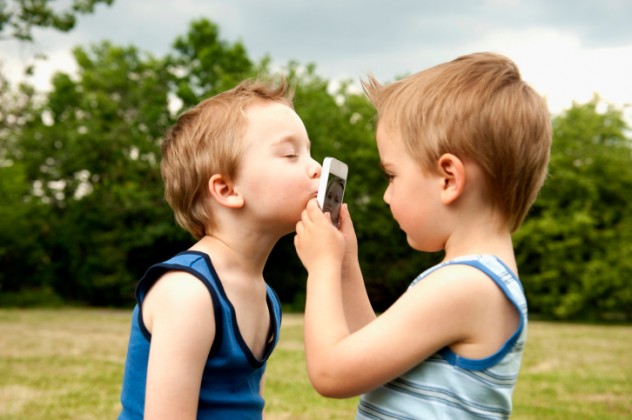
A portable microscope that can image a single virus has been created by scientists at UCLA. It fits on the back of a smartphone and is designed to be used in places that traditional lab equipment isn’t available. One possible use is for measuring viral loads in patient samples so that doctors in remote areas can monitor the effectiveness of treatments.
A slightly less powerful microscopic imaging device has been developed by engineers from Berkely. As well as potential field research applications, they believe that the devices can be good for the wider community and with that in mind gave a bunch to schoolchildren. The kids took images of items from their everyday environment and made annotations straight onto the smartphone. The people behind the device hope it could become a valuable part of the science classroom.
8Earthquakes
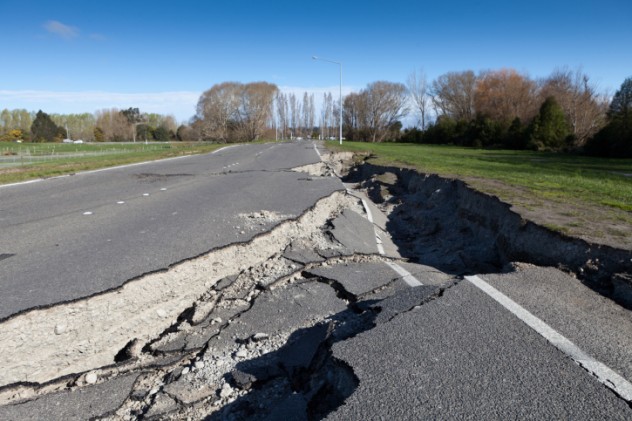
Today’s smartphones contain a device known as a MEMS accelerometer. It’s what figures out which way is up and flips the screen around accordingly. Seismologists from Italy’s National Institute of Geophysics and Volcanology have used the MEMS chip from an iPhone 4 and 5 to measure earthquake-scale forces. The idea is that turning smartphones into a network of seismometers will allow emergency response teams to quickly pinpoint an earthquake’s epicenter and get resources to the right places more quickly. Previous work has shown that the accelerometers can tell the difference between earthquake vibrations and everyday movements such as running.
Other scientists hope to use the technology to create an early warning network. Collecting data from a large number of phones would allow scientists to predict where an earthquake is going to strike next and send a warning to anyone that has the app installed. Earthquake early warning systems have been shown to save lives, so utilizing smartphones is a cheap way of introducing the technology to areas without the need for new hardware.
7 Medical Attachments
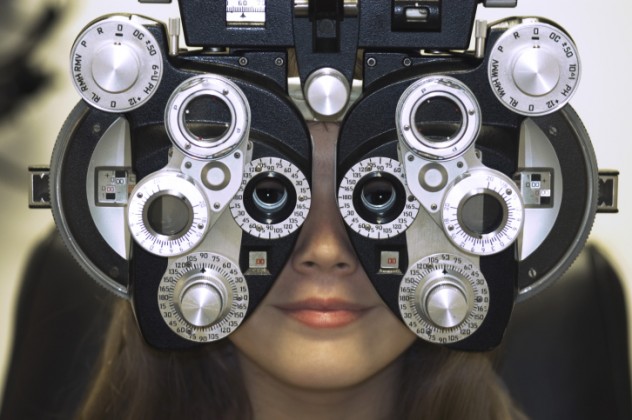
The abundance of mobile computing power provided by smartphones is being put to use helping doctors in areas where they don’t have access to labs and hospitals. One of the biggest problems in developing countries is poor eyesight. Refractive eye conditions, the sort which are easily fixed with glasses, affect billions of people. They can lead to an inability to read and write, worsening poverty. Glasses are relatively cheap to provide, around $3 a pair, but eye tests have been a limiting factor. MIT scientists have created a device that attaches onto a smartphone. Users place this on their eye and the system uses lasers to diagnose the problem with the eye, and what is needed to fix it. The device costs just $2 to produce and could improve the lives of countless people.
Eyesight is only one of a number of things that can be checked with a smartphone attachment. Ear infections, kidney function and the presence of allergens in food can all be tested with available smartphone add-ons. Smartphones have also formed the backbone of affordable portable ultrasound-imaging systems, which will help doctors and midwives in developing countries provide care that would not have previously been available.
6 Weather Prediction
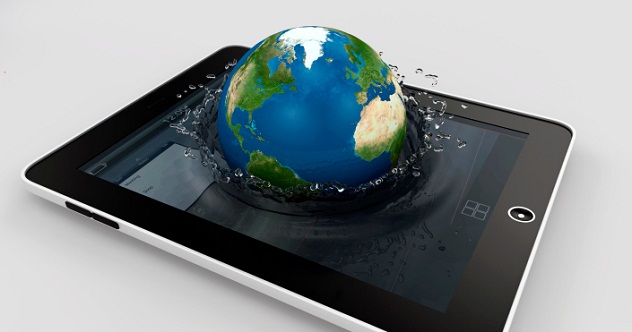
Using satellites to track weather can often run into a particular difficulty. From space, it is hard to tell the difference between a snowy landscape and cloud cover. To combat this an iOS app has been created known as SatCam. The app receives an alert when a weather satellite is passing overhead. The user then uses the phone’s camera to take a picture looking straight up, and also one of the horizon. Developed by researchers at the University of Wisconsin, the app has already been used to send thousands of images to help in weather prediction. As a reward for their help, the users receive a satellite photo of the area they were in when the satellite flew overhead. The resolution isn’t good enough to be able to spot yourself, unfortunately.
5Field Data Collection
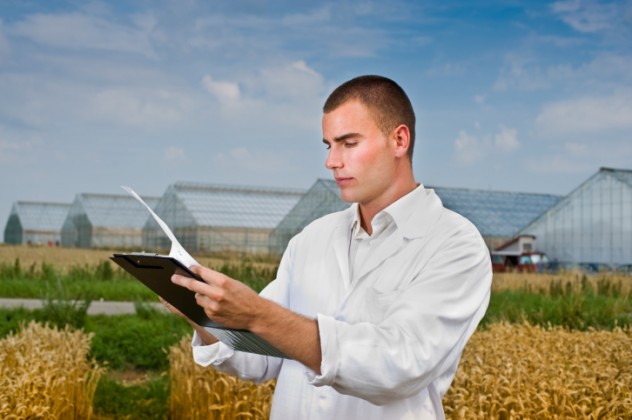
The Department of Infectious Disease Epidemiology at Imperial College in London has developed an app known as EpiCollect, which is designed to allow scientists working in the field to be able to collect data easily. Vets in East Africa have used the app to collect data on 86,000 animals in the space of a month, using only 23 Android devices donated by Google. Those taking part noted that the use of phones has improved real time access to information and believe it will aid them in preventing disease outbreaks.
Another project targeting rabies was able to use EpiCollect to keep a record of the location of 60,000 dogs that they vaccinated in the space of just a few weeks. The location of each vaccination is displayed with a marker on Google Maps, helping the team of 500 people keep a record of what has been done and target hotspots efficiently.
4Smartphone Satellite
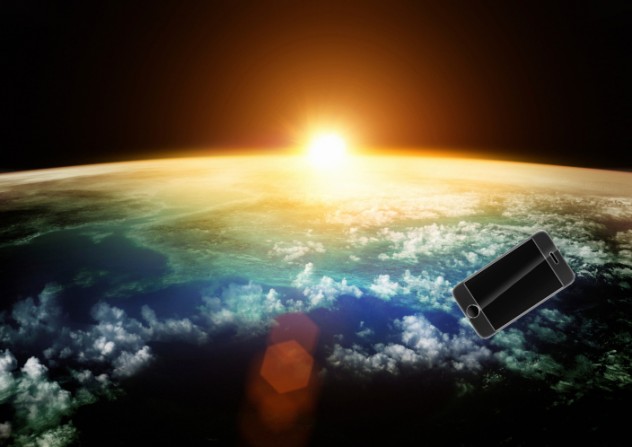
Two different projects have launched a smartphone into orbit around Earth. Surrey Space Center in the UK launched a Google Nexus One in February as part of a satellite named STRaND-1. The goal is to both test and demonstrate the capabilities of inexpensive consumer technology for use in space. The project is also aiming to capture public involvement, including running an app called Scream In Space, which will play videos submitted through the Internet in orbit.
NASA launched their own phone-based satellite into orbit a few months after STRaND-1. Their goals are the same as for the UK team, and both are encouraging amateur radio operators around the world to track their satellites. The camera on the phone in NASA’s PhoneSat (also a Nexus) has been used to take pictures of the Earth. The satellites cost no more than $7,000 to make, compared to $1 million plus that is spent on most.
3Crowdsourcing Science

The prevalence of smartphones has for the first time given scientists an opportunity to use the general public to collect information. Monitoring wildlife is one of the biggest ways people can help, with apps available for tracking everything from tree species to invasive animals and bird populations. NASA has also created an app to allow users to collect data on meteor showers, including the time, location and brightness. The information is sent to experts for analysis, and the app keeps amateur astronomers up to date with where and when they’re likely to spot shooting stars.
2Studying Happiness

Psychologists and computer scientists at Cambridge University have teamed up to create an app that is designed to allow research into how our moods work and eventually help people live happier lives. The app, known as EmotionSense, regularly asks people about their mood, while also collecting data on their location, how sociable they’re being with sending texts, and how much time they’re using their phone in general. By combining this data, it allows researchers to understand the relationship between a person’s behavior and their state of mind. It also provides information that could help someone suffering from stress. The scientists behind the app point out that it provides a constant monitoring of the user’s well-being, which would not normally be available for people undergoing therapy.
1Cloud Computing
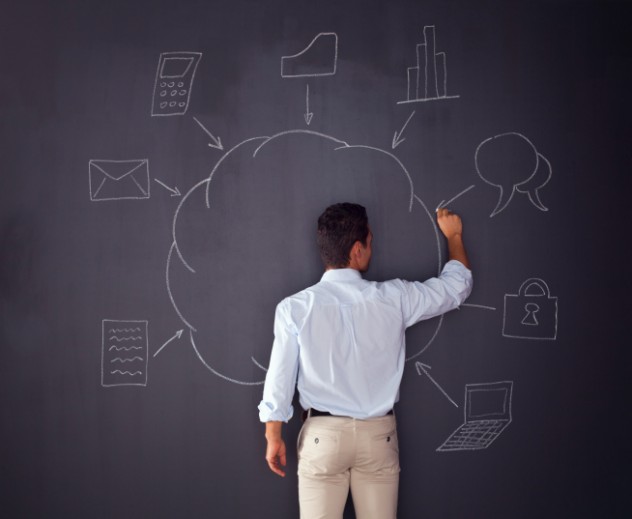
Science produces a lot of data, and it requires a large amount of computing power to process it all. Sharing the work among a large number of computers is one way of getting it done, so computer scientists have created an app to take advantage of the combined power of the billion Android devices currently used around the world. Named BOINC, the app takes advantage of a phone’s computing power when it is sitting idle but on charge—when plugged in overnight, for example.
One of the projects taking advantage of BOINC is FightAIDS@Home, which is developing new drugs against the HIV virus. It is an add-on to the World Community Grid project by IBM which utilizes idle desktop and laptop computers. Renting time on a supercomputer can cost over $1,000 per hour, so alternatives help scientists get more done for less money. One research project into a tropical disease expects to be able to use the smartphone network to cut its research time down from 30 years to just one.
Alan is an aspiring writer trying to kick-start his career with an awesome beard and an addiction to coffee. You can read some of his non-list writing at skepticalnumber.com or you can email him.



